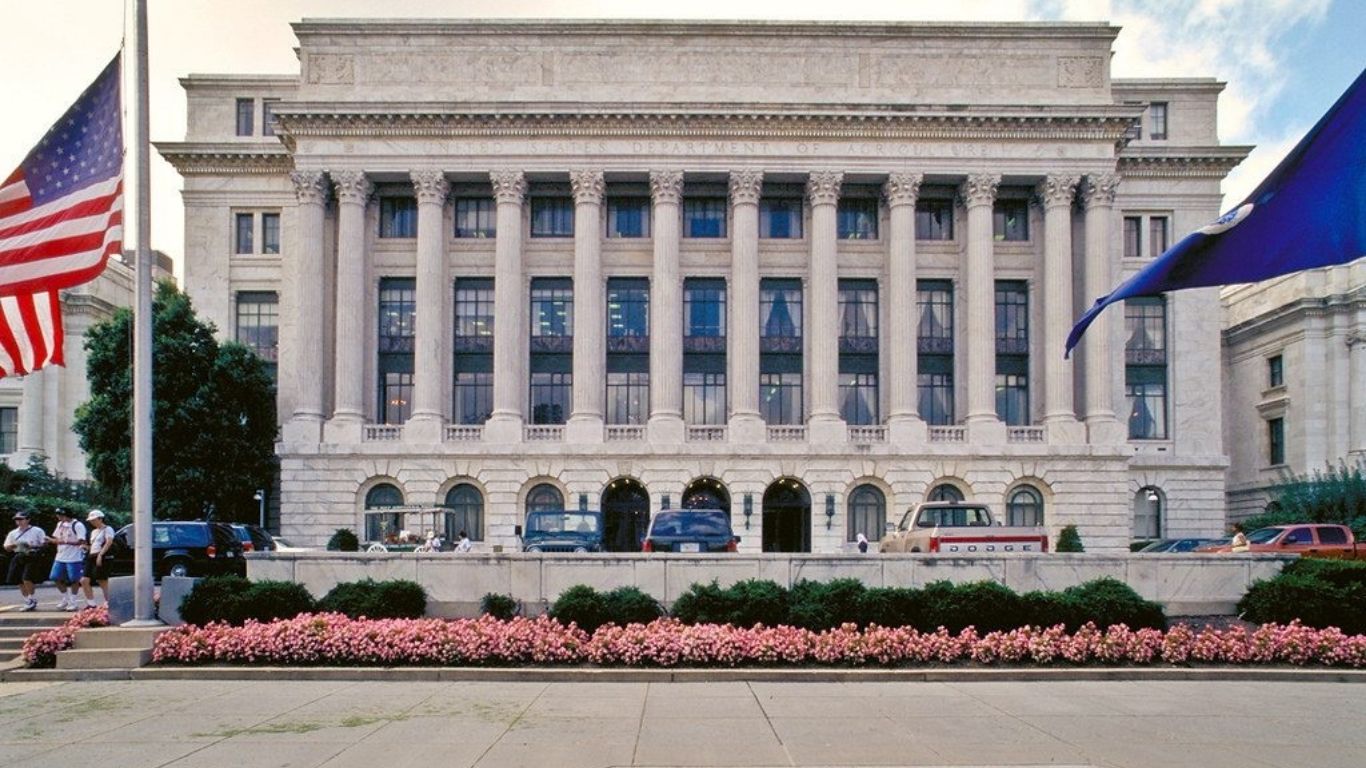On April 2, 2025, President Donald Trump stood in the White House Rose Garden, grinning like a kid with a new toy, and unleashed a tariff tsunami aimed at “rebalancing” U.S. trade. The rates were eye-watering, sparking a stock market nosedive, a flight from U.S. assets, and howls of protest from allies White House Tariff Announcement. Some Republicans in Congress, usually loyal cheerleaders, muttered dissent, while U.S. courts started sniffing around the tariffs’ legality Congressional Reactions. After a week of global backlash, Trump hit pause for 90 days, sending foreign leaders scrambling for deals to dodge the levies Tariff Pause Details.
The fallout’s been grim: slower growth, higher prices, and doomsday predictions for the world economy. Yet Trump’s got a point—sort of. The global trade system, built over 80 years post-World War II, is fraying. Free trade’s lost its shine in the U.S., with both parties eyeing government intervention to protect national interests Pew Research Trade Sentiment. Globally, countries are flexing industrial policies, and China’s rise as the top goods trader—often flouting market rules—has everyone on edge World Bank Trade Data. The old U.S.-led order, all about open markets and happy handshakes, doesn’t fit today’s geopolitical cage match.
“Trump’s tariffs are a wrecking ball,” a Brussels trade official groaned. “But yeah, the system’s due for a shake-up.”
The Old Order’s Cracks
Post-World War II, the U.S. crafted a trade system that screamed stability. It pushed free trade deals, birthed the General Agreement on Tariffs and Trade, and later the World Trade Organization (WTO), creating rules for smooth commerce and dispute resolution WTO History. This open, multilateral setup thrived under U.S. dominance, tying global prosperity to American interests. It was a golden age of handshakes and open borders.
But the world’s changed. China’s now the biggest goods trader, climbing the ladder with state-driven tactics that mock market norms China Trade Dominance. Its economic muscle fuels military ambitions in the Indo-Pacific, spooking Washington and allies CSIS China Military Report. Shocks like COVID-19 exposed the risks of tight global supply chains, pushing security over efficiency IMF Supply Chain Vulnerabilities. The U.S. isn’t the unchallenged boss anymore, and the trade system’s “most favored nation” rule—treating all partners equally—feels like a bad joke when allies strengthen you but adversaries exploit you.
“The old rules are like bell-bottoms—cute, but they don’t fit,” a trade analyst quipped.
Trump’s Chaotic Gambit
Trump’s tariffs aren’t just a policy—they’re a middle finger to the status quo. He’s turned the U.S. into a trade rebel, smashing norms with glee. But his approach is a hot mess. Tariffs slapped on allies like Canada and Mexico, despite the 2020 U.S.-Mexico-Canada Agreement he himself championed, scream hypocrisy USMCA Violations. His use of emergency powers skips democratic checks, leading to absurdities like tariffs on the penguin-populated Heard and McDonald Islands Reuters Tariff Blunders. It’s less strategy, more tantrum.
Yet there’s a sliver of opportunity. A trade war simulation by the Center for a New American Security (CNAS) in March 2025 showed how this chaos could spark change. Teams playing U.S. allies—Canada, Mexico, Europe—hated Washington’s strong-arming but needed access to its market. They negotiated rather than retaliated, even sidelining China’s charm offensive CNAS Trade War Simulation. The U.S. team, despite its bluster, laid groundwork for a democratic trade bloc that froze out Beijing. It’s a hint that Trump’s wrecking ball could clear space for something new—if he stops swinging it at friends.
“Trump’s playing chess with a sledgehammer,” a CNAS researcher said, half-laughing. “But he’s got the board’s attention.”
The Path to a New Order
To turn chaos into progress, Trump needs to ditch the bully act and get serious. Tariffs can be leverage, but only with clear goals. Right now, the administration’s pitching a grab-bag of aims: reindustrializing the U.S., raising revenue, cutting trade deficits, and twisting allies’ arms Trump Trade Objectives. Pick one, maybe two—not all. And stop the on-again, off-again tariff dance; it screams weakness, not strength Economic Policy Institute Critique.
Credibility’s the big problem. After violating deals like the USMCA, allies doubt U.S. promises Canada Trade Tensions. Trump’s reliance on emergency powers, bypassing public input, fuels distrust. He could use tools like Section 301 of the Trade Act, which targets unfair practices, or Section 232 for national security tariffs. These require fact-based probes and public feedback, slowing things down but building trust Trade Act Mechanisms. Clarity on what allies must do to avoid tariffs—like boosting U.S. exports or aligning on China policy—would help, too USTR Tariff Demands.
“If Trump wants a win, he’s gotta stop acting like a cartoon villain,” a Tokyo trade envoy muttered.
A New Trade Blueprint
The endgame isn’t just tariff relief—it’s a new trade system. The old nondiscrimination rule, treating all nations equally, doesn’t work when China’s gaming the system. A reset could prioritize democratic allies, with deep integration—think shared supply chains, joint tech investment—while de-risking from Beijing in key sectors like chips and pharma Brookings De-risking Strategy. Low-end trade with China, like agriculture, can continue, but strategic industries need protection CSIS Strategic Industries.
This means investing in U.S. manufacturing and R&D, plus coordinating with allies on export controls, investment screening, and data security Allied Trade Coordination. Tackling China’s overcapacity in steel and aluminum is key, too Steel Overcapacity Report. The goal? A trade order with three layers: tight-knit allies, rules-based trade for most, and cautious de-risking from rivals. It’s not perfect, but it’s stable.
“A new system’s possible, but Trump’s got to stop burning bridges,” a London economist said.
Risks and Realities
This isn’t a done deal. Foreign allies face domestic pressure to push back against U.S. bullying EU Trade Backlash. Trump’s side jabs, like musings on Greenland’s status, could derail talks Greenland Controversy. And if he keeps chasing shallow deals—temporary tariff breaks for commodity purchases—the U.S. will squander its leverage for nothing Shallow Trade Deals Critique.
Worse, a transactional, every-nation-for-itself approach could trigger a global protectionist spiral, like the Great Depression’s tariff wars Great Depression Trade Lessons. But if Trump plays it smart—using tariffs to rally allies, not alienate them—the U.S. could lead a trade system fit for today’s world. Courts, Congress, and rising consumer prices might force his hand, too U.S. Court Tariff Challenges.
The Stakes
Trump’s trade war is a gamble, but it’s not all bluster. The old system’s crumbling, and the U.S. still holds cards—its massive market, for one U.S. Market Leverage. Allies may grumble, but they’re not running to China China Trade Relations. The trick is turning chaos into order, not a free-for-all. A new trade system, favoring allies and checking rivals, could secure U.S. interests for decades. But it needs focus, not fireworks.
“Trump’s started a fire,” a trade scholar said, half-smirking. “Now, can he build something from the ashes?”



